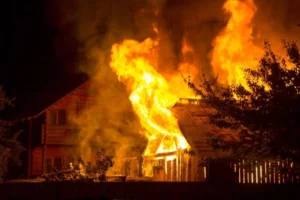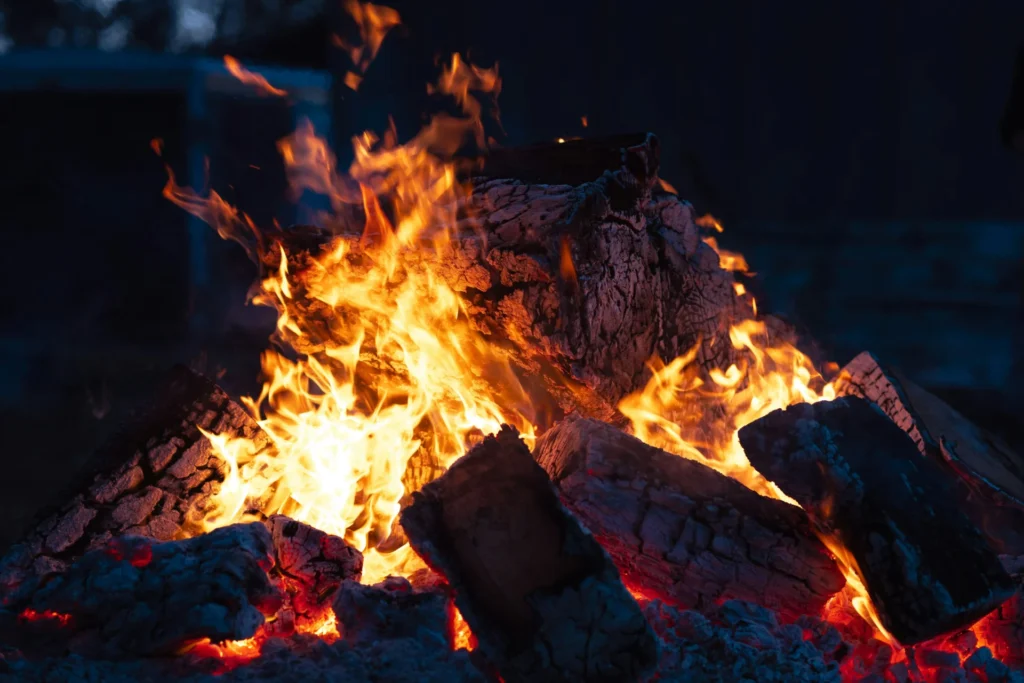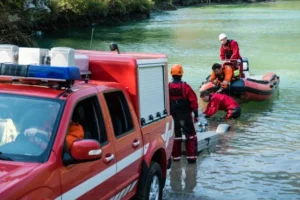140 miles from the Arctic Circle, Fairbanks has long battled severe air pollution during the cold months. However, recent data show a promising shift. Since 2015, Fairbanks’ winter air pollution levels have dropped by about 50% on the worst days.
Most of this pollution comes from wood-burning stoves, which release fine particulate matter into the air. These tiny particles, less than 2.5 micrometres wide, can enter the lungs and bloodstream, posing serious health risks.
Despite challenges from natural geography like long-lasting temperature inversions and a lack of sunlight, the borough has taken practical steps. Burning practices have taken root from replacing 4,783 old stoves and encouraging the use of kiln-dried birch cleaner.
Local officials credit a stove exchange program and public outreach for much of the progress. The EPA’s tentative approval of Alaska’s State Implementation Plan in late 2024 means the region likely won’t face new restrictions until at least 2027.
Still problems persist. The outlying community of North Pole issued 32 health advisories last winter. Enforcement remains limited due to a 2018 vote that stripped the borough’s regulatory powers, placing responsibility on the state.
Scientists remain deeply involved. The 2022 ALPACA study confirmed that sulfur from diesel and coal worsens air quality. A compromise rule now limits sulfur in fuel, helping reduce sulfur dioxide by half.
Fairbanks’ geography and climate mean full elimination of smoke is unlikely anytime soon. And while gas offers cleaner heat, it reaches just a small fraction of residents. Ultimately, while winter air pollution has significantly improved, ongoing vigilance and adaptation will be crucial in the years ahead.










